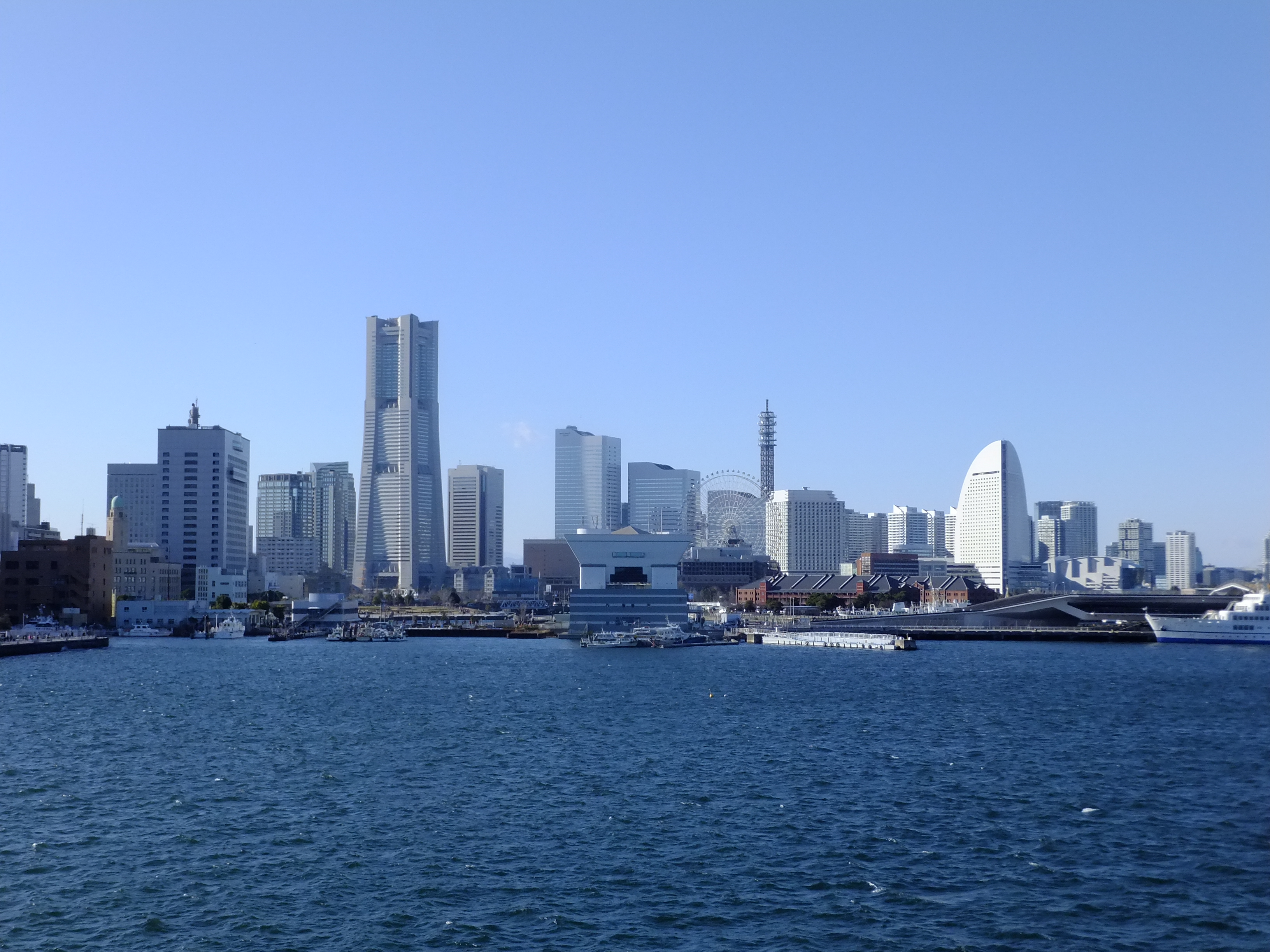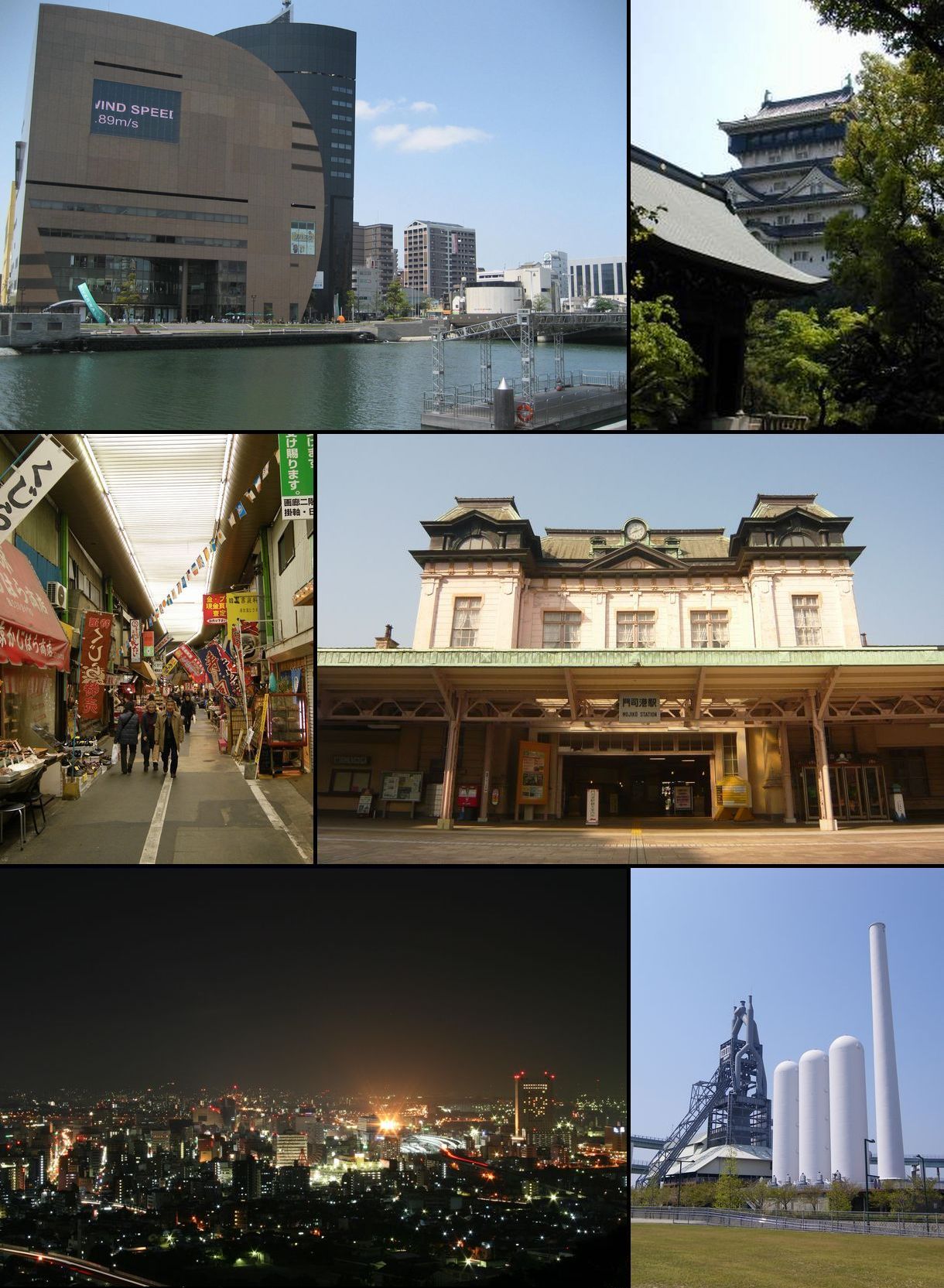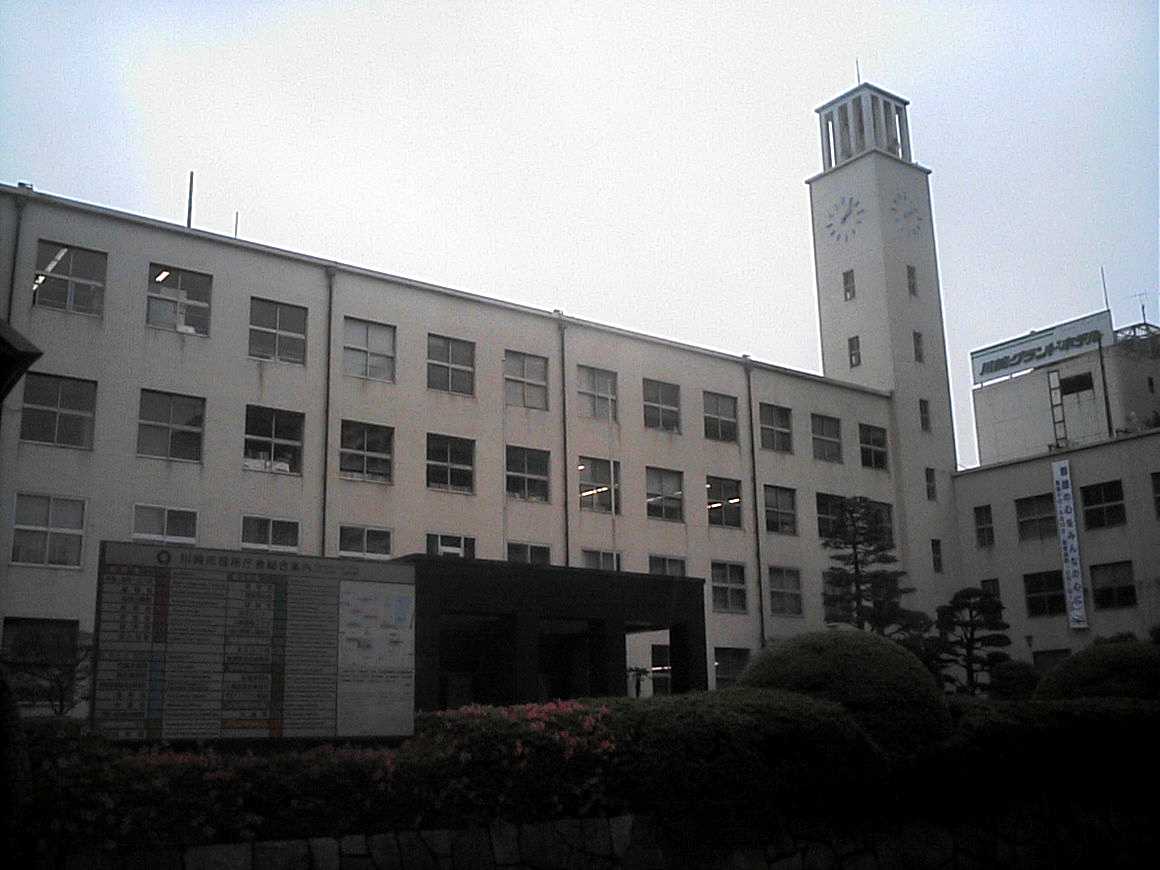Introduction Link to heading
Urban planning in Japan has long been admired for its innovation and effectiveness. One concept that stands out is Machizukuri (まちづくり), a community-driven approach to urban development. Unlike traditional top-down planning methods, Machizukuri emphasizes the active participation of local residents in shaping their environments. This post delves into the history, principles, and contemporary applications of Machizukuri, offering an insightful look at how Japanese communities foster sustainable and harmonious urban spaces.

Image: Shibuya Crossing, a symbol of Tokyo’s urban dynamism Source
History of Machizukuri Link to heading
The concept of Machizukuri emerged in the post-World War II era as Japan faced the massive task of rebuilding its cities. Traditional urban planning methods, which were often hierarchical and bureaucratic, proved inadequate for addressing the needs of rapidly growing urban populations. Inspired by grassroots movements, Machizukuri began to take shape in the 1960s and 1970s.
Early Beginnings Link to heading
The term “Machizukuri” itself translates to “town-making” or “community-building.” Initially, it focused on small-scale projects, such as neighborhood improvements and local festivals. Over time, however, it evolved into a comprehensive philosophy encompassing various aspects of urban life, from housing and transportation to public spaces and environmental sustainability.

*Image: Edo Panorama, Old Tokyo

*Image: Tokyo in ruins after World War II
Principles of Machizukuri Link to heading
Machizukuri is guided by several core principles that distinguish it from conventional urban planning approaches:
Community Participation Link to heading
At the heart of Machizukuri is the belief that local residents should have a say in shaping their communities. This principle fosters a sense of ownership and responsibility among citizens, leading to more sustainable and resilient urban environments.
Holistic Approach Link to heading
Machizukuri considers the social, economic, and environmental dimensions of urban planning. It seeks to create balanced and integrated communities where all aspects of life are harmoniously interconnected.
Flexibility and Adaptability Link to heading
Machizukuri projects are often characterized by their flexibility and adaptability. They are designed to evolve in response to changing needs and circumstances, ensuring that urban spaces remain relevant and functional over time.
Collaboration and Partnership Link to heading
Successful Machizukuri initiatives typically involve collaboration between various stakeholders, including local governments, businesses, and non-profit organizations. These partnerships enable the pooling of resources and expertise, enhancing the overall effectiveness of urban planning efforts.
Modern Applications of Machizukuri Link to heading
Today, Machizukuri is applied in various contexts across Japan, from rural villages to bustling metropolises. Its principles have been instrumental in addressing contemporary urban challenges, such as aging populations, environmental degradation, and social inequality.
Case Study: Yokohama Link to heading
One notable example of Machizukuri in action is the transformation of Yokohama’s Minato Mirai 21 district. Once an industrial area, Minato Mirai 21 has been redeveloped into a vibrant waterfront community through a collaborative planning process involving local residents, businesses, and government agencies.
 Image: Minato Mirai 21, Yokohama Source
Image: Minato Mirai 21, Yokohama Source
Environmental Sustainability Link to heading
Machizukuri also plays a crucial role in promoting environmental sustainability. In the city of Kitakyushu, for instance, residents have collaborated on various eco-friendly initiatives, such as community gardens, recycling programs, and green building projects. These efforts have not only enhanced the city’s environmental quality but also fostered a stronger sense of community.

Image: Green garden city of Kitakyushu Source
Challenges and Future Prospects Link to heading
Despite its successes, Machizukuri faces several challenges. One significant hurdle is the need for effective coordination among diverse stakeholders. Ensuring that all voices are heard and that decisions reflect the community’s collective interests can be a complex and time-consuming process. Additionally, securing adequate funding for Machizukuri projects remains a persistent challenge.
Technology and Innovation Link to heading
Looking ahead, advancements in technology offer promising opportunities for Machizukuri. Digital tools, such as geographic information systems (GIS) and virtual reality (VR), can enhance community engagement by providing residents with interactive and immersive ways to visualize and explore urban plans. For instance, the city of Kawasaki has utilized VR to simulate proposed developments, allowing residents to provide informed feedback before any construction begins.
 Image: Kawasaki City Hall, a hub for innovative urban planning Source
Image: Kawasaki City Hall, a hub for innovative urban planning Source
Conclusion Link to heading
Machizukuri represents a forward-thinking approach to urban planning that prioritizes community involvement, holistic development, and adaptability. Its principles and practices offer valuable lessons for cities worldwide as they strive to create sustainable and inclusive urban environments. By fostering collaboration and harnessing the power of technology, Machizukuri has the potential to shape the future of urban design in Japan and beyond.